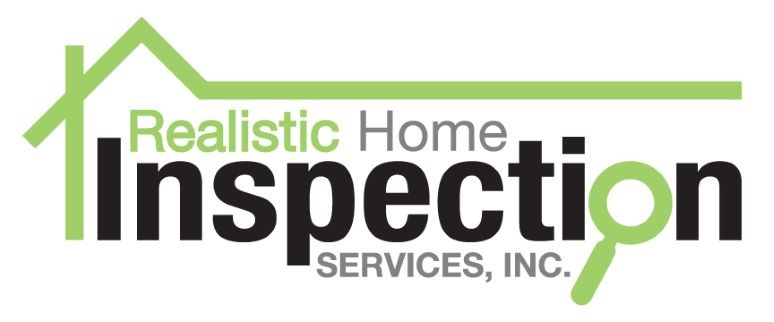Your deck is an extension of your living space and a significant investment that enhances the functionality of your outdoor area. With numerous options available, selecting the best material can be overwhelming. In this post, we’ll guide you through the various types of decking materials, highlighting their features, benefits, and considerations to help you make an informed decision.
Pressure-Treated Wood
Due to its affordability and durability, pressure-treated wood is popular among homeowners. This type of wood undergoes a process where chemical preservatives are infused into the wood fibers, making it resistant to rot, insects, and fungal decay. One of the main advantages of pressure-treated wood is its cost-effectiveness, making it an ideal option for budget-conscious homeowners.
Pressure-treated wood does require regular maintenance to keep it looking good. Annual cleaning, staining, and sealing are necessary to prevent weathering and splintering. Choosing high-quality, treated wood for longevity and reducing the likelihood of warping or cracking over time is also important.
Decking Materials: Cedar and Redwood
For those who prefer natural wood with a more refined appearance, cedar and redwood are excellent choices. Due to their inherent oils and tannins, these types of wood are naturally resistant to rot and insects. Cedar and redwood offer a beautiful, warm aesthetic that enhances the overall look of your outdoor space.
One key benefit of cedar and redwood is their low maintenance requirements compared to pressure-treated wood. They weather gracefully and develop a lovely patina over time. However, periodic sealing and staining are recommended to preserve their color and extend their lifespan. Cedar and redwood are more expensive than pressure-treated wood, but their durability and aesthetic appeal make them worth the investment.
Composite Decking
Composite decking has gained immense popularity recently due to its low maintenance and long-lasting properties. Composed of a blend of wood fibers and plastic, composite decking offers the appearance of natural wood without the drawbacks of splintering, warping, or rotting. This material is available in various colors and textures, allowing homeowners to customize their decks to match their preferences.
One of the standout features of composite decking is its resistance to fading, staining, and mold growth. Unlike natural wood, composite decking does not require annual staining or sealing, making it an attractive option for busy homeowners. While the initial cost of composite decking is higher than wood, its minimal maintenance requirements and extended lifespan make it a cost-effective choice in the long run.
PVC Decking
PVC (polyvinyl chloride) decking is another low-maintenance option that offers exceptional durability and resistance to the elements. Unlike composite decking, which contains wood fibers, PVC decking is made entirely of synthetic materials. This composition makes PVC decking highly resistant to mold, moisture, and mildew, making it a great choice for areas with high humidity or frequent rain.
PVC decking is available in a variety of colors and styles, allowing homeowners to get the desired look for their outdoor space. One of the main advantages of PVC decking is its ease of maintenance—simply cleaning it with soap and water is usually sufficient to keep it looking pristine. However, it is worth noting that PVC decking may be more expensive than other materials, and its appearance is less natural than wood or composite options.
Choosing the right decking material is a crucial decision that will impact your outdoor space’s look, feel, and longevity. By understanding the various options available, you’ll make an informed choice that suits your lifestyle and enhances your home’s value.
Decking Materials FAQs
How do I decide which decking material is best for my home?
Consider factors such as your budget, maintenance preferences, climate, and the desired aesthetic of your deck. Each material has unique benefits and considerations, so weigh these factors to determine which option aligns with your needs.
How often should I maintain my deck?
The frequency of maintenance depends on the material you choose. Pressure-treated wood requires annual cleaning, staining, and sealing. Cedar and redwood need periodic sealing and staining. Composite and PVC decking require minimal maintenance, usually just regular cleaning.
Is composite decking environmentally friendly?
Many composite decking manufacturers use recycled materials, making it an eco-friendly option. Its long lifespan also reduces the need for frequent replacements, minimizing its environmental impact.
Realistic Home Inspection Services provides inspection services to customers in the greater Milwaukee area. Contact us to request an appointment.

